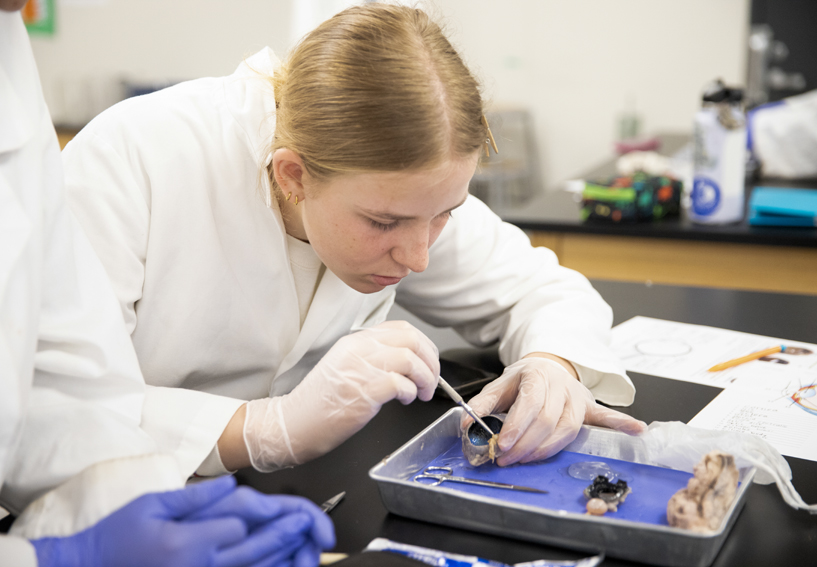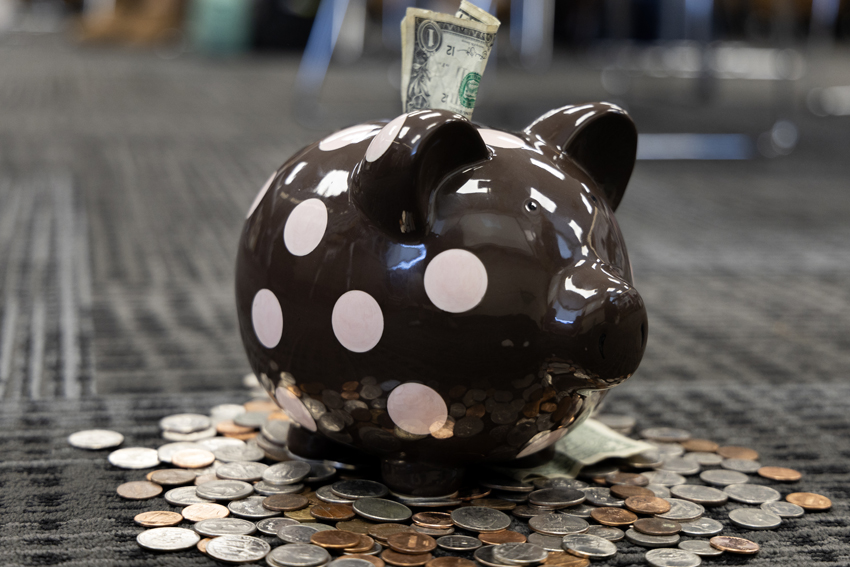In order to build a foundation for learning the functions of cell organelles, biology teacher Bill McGowen instructed students to build creative representations of the cell.
?The purpose of the assignment was to help them understand the cell by creatively constructing a model of one,? McGowen said. ?I encouraged them to make a ‘healthy’ representation of the cell by using edible materials. I told them what the requirements were, but the design of the cell was up to them.?
With his instructions in mind, senior Abigail Wendel bypassed the traditional model clay and styrofoam, making her cell out of fruit.
?When he said to make it edible, the first thing that popped in my head was ‘cantaloupe,’? Wendel said. ?I used a variety of fruits including limes, berries, grapes, raisins and even fruit rollups .?
A wide variety of colorful cell models filled the biology classroom on Oct. 2, including a carved pumpkin cell, a pasta cell and a spice cell whose aroma impressed McGowen.
?[Freshman] Mary Hierholzer?s spice cell was not only creative, it smelled great,? McGowen said. ?It was like a potpourri cell. She incorporated many different spices into it.?
Different accessories adorned the cells such as small brace cleaners and a stretchy gel-ball cover.






